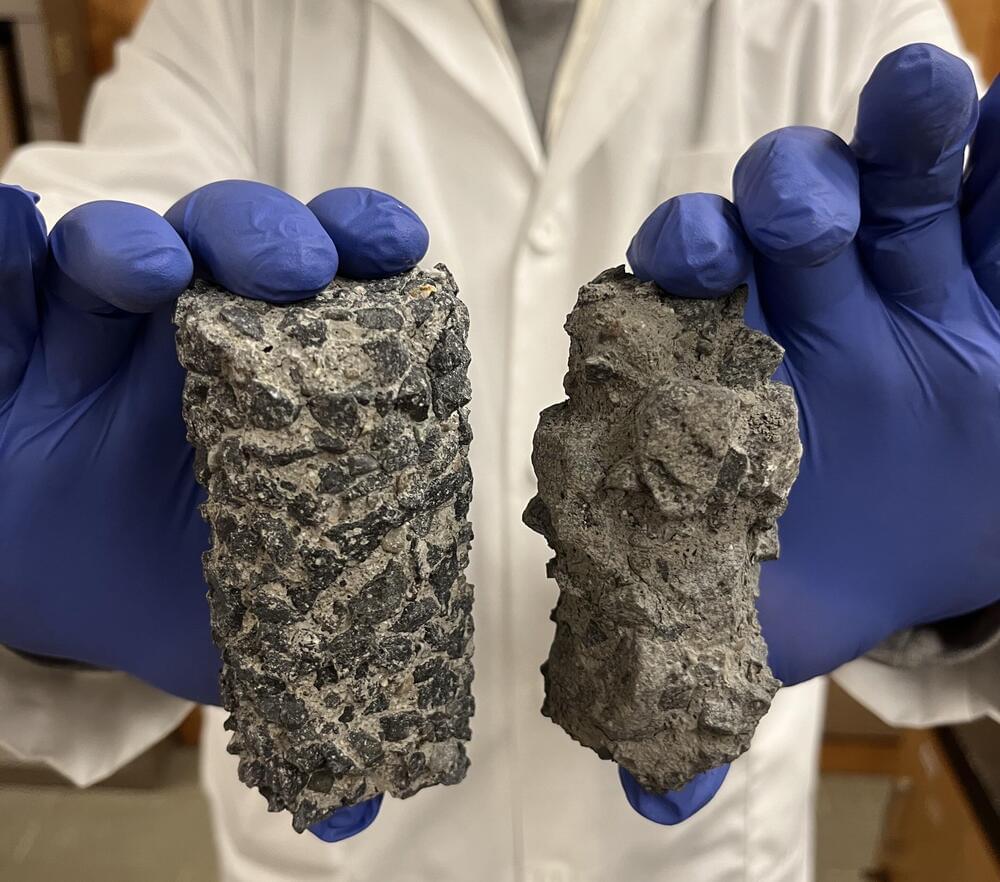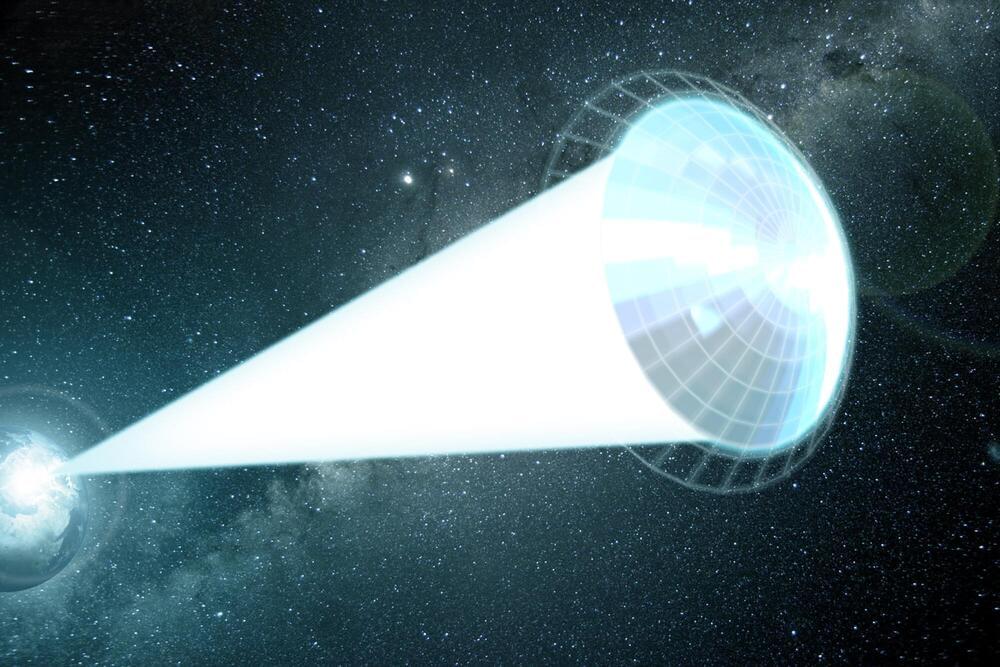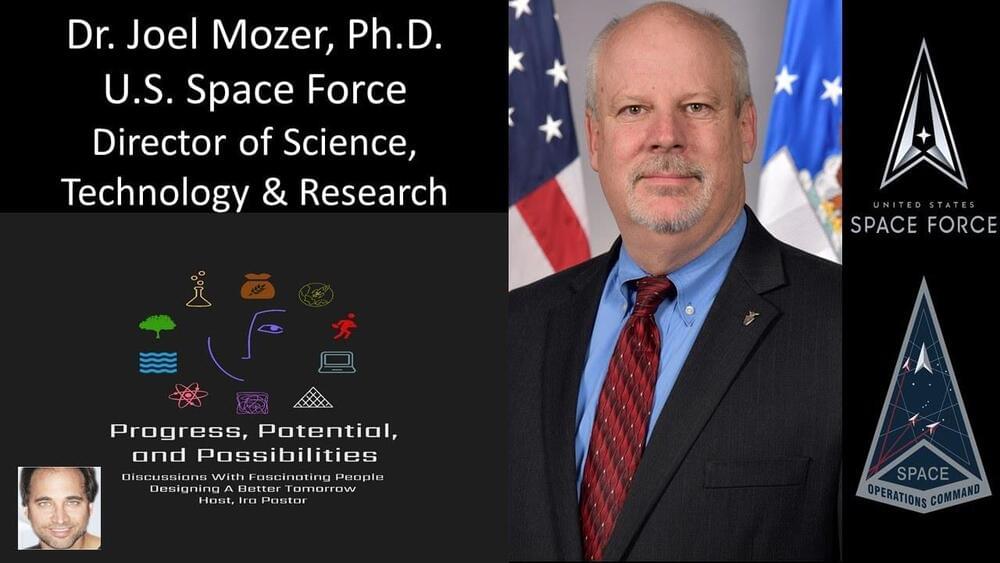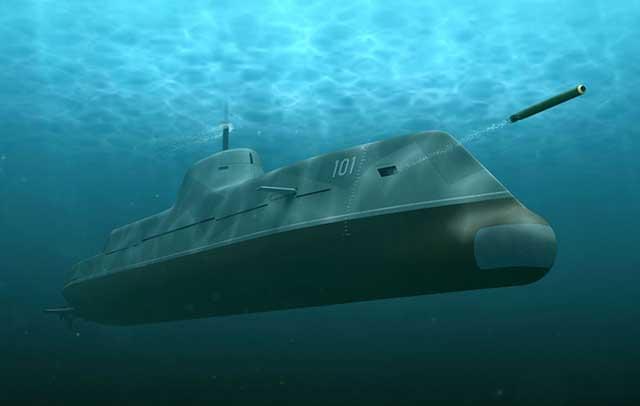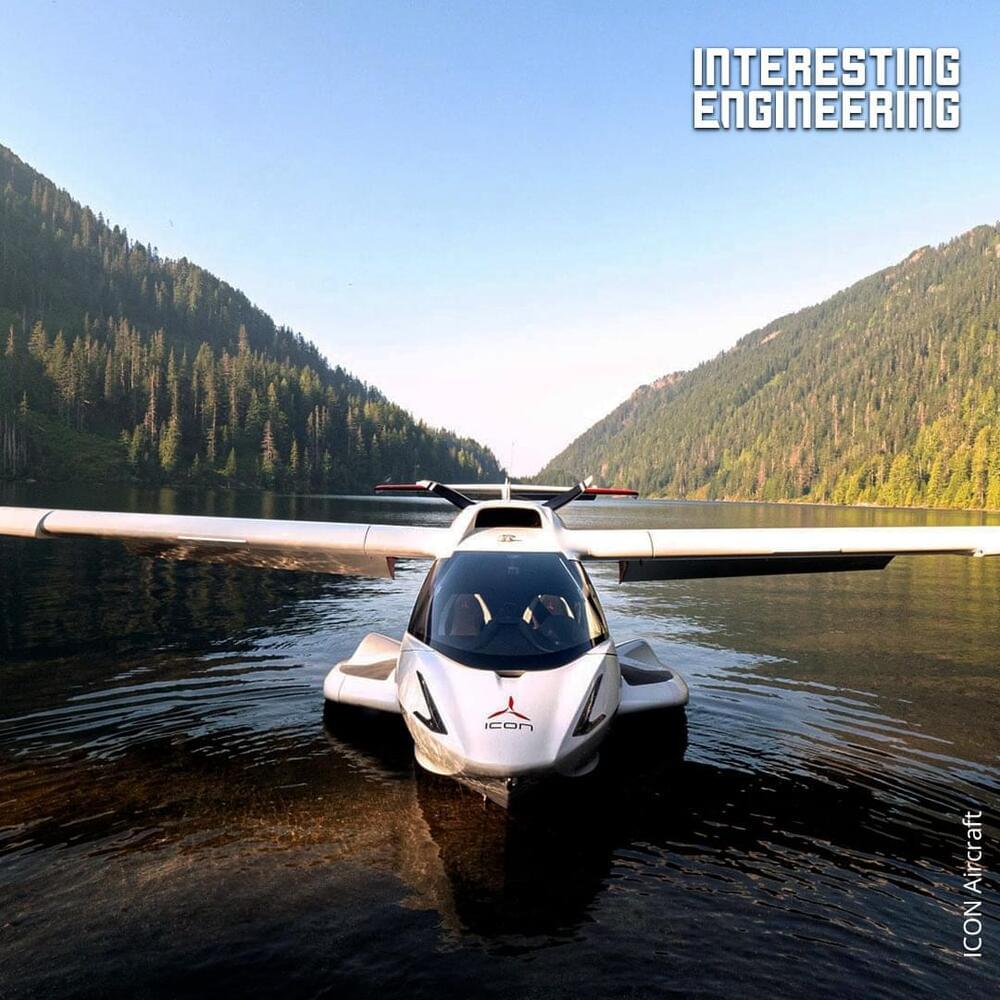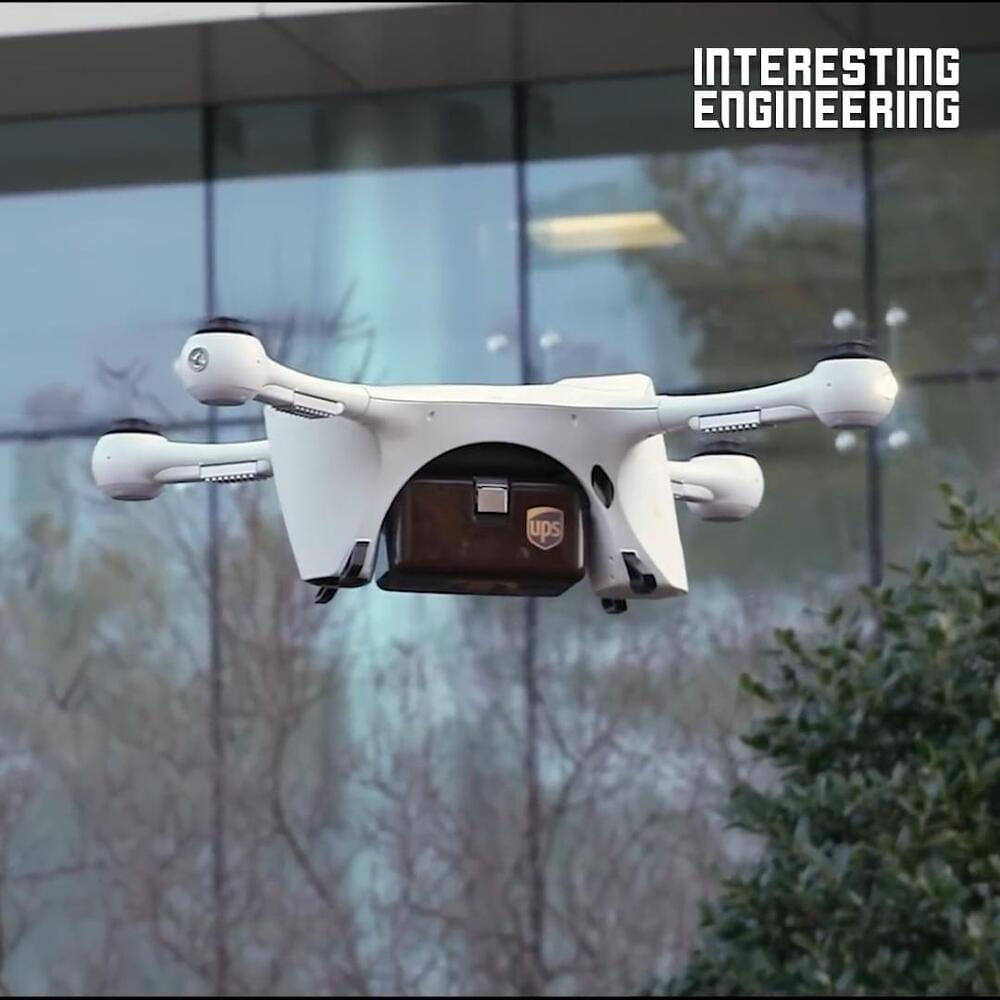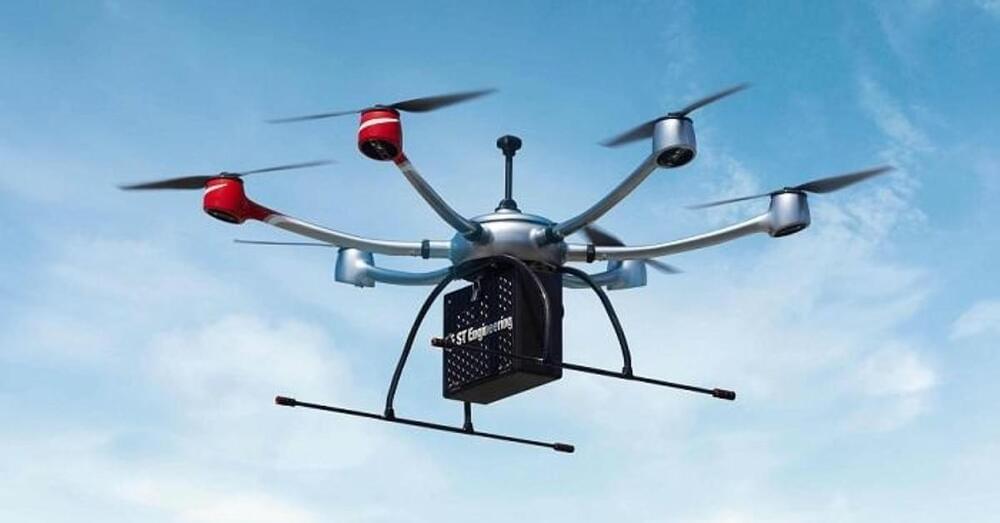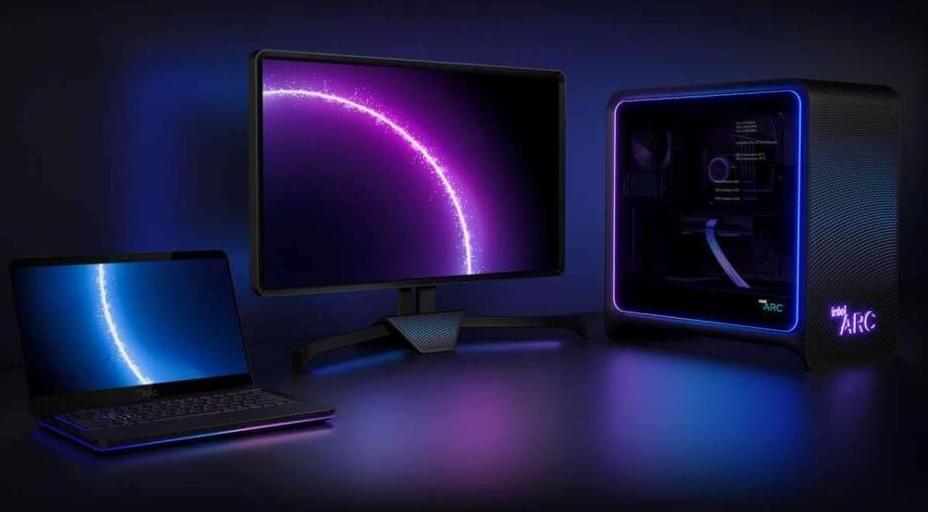Feb 18, 2022
These New Solar Panels Don’t Need Sunlight to Produce Energy
Posted by Omuterema Akhahenda in categories: engineering, solar power, sustainability
Solar panels are a cornerstone of the clean energy revolution. And yet, they have one great flaw: when the clouds roll in their productivity dives.
Now, a new type of solar panel has been developed by an electrical engineering student at Mapua University that harvests the unseen ultraviolet light from the sun that makes it through even dense cloud coverage. Maigue, who won the James Dyson Sustainability Award for his creation, hopes it will soon be used on the windows and walls of large buildings, turning them into constant sources of energy.
Continue reading “These New Solar Panels Don’t Need Sunlight to Produce Energy” »

